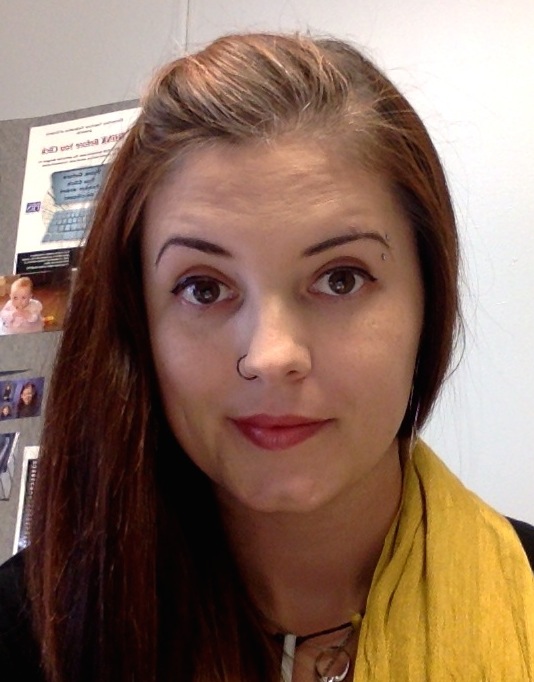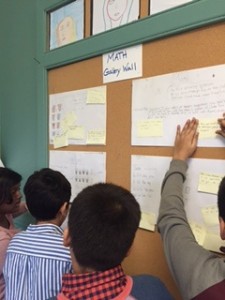One of the most common questions a teacher gets asked by parents is, “How is ______ doing?” The question pops up no matter where or when you run into the parent of a student. I’ve had parents ambush me with this question at these (and other) times:
– During school hours when dropping off their child’s lunch, with the entire class sitting there patiently waiting.
– On the yard at recess when I was on yard duty.
– On field trips, usually on the school bus, always surrounded by students.
– At school events, like the book fair, art show, or holiday concert.
– The second day of school.
– The last day of school, after report cards have already been sent home.
It’s a perfectly legitimate question, one that parents and guardians are always entitled to ask, but I am often asked this question at a time when I’m not really able to answer it properly. Either my students are eavesdropping, I haven’t had time to formulate what I want to say, or I have other duties to attend to and can’t give the conversation the attention it deserves.
It didn’t take me long to realize that I needed to find a way to be more open with parents on an ongoing basis so that they didn’t feel as though they needed to ask this question every time they saw me. A few years later, I think I have a few good strategies/suggestions for how to keep parents in the loop and prevent any surprises when report cards come around.
1. “Ask Me About” – In students’ agendas, they write an “Ask me about… _________” sentence a few times a week. This is supplied by me and is usually about a specific topic we are studying in class or an upcoming school event. It gives parents something to prompt their child with and keeps kids accountable for knowing what is going on at school.
2. Send Assessment Plans Home Before Starting – Any time I assign a new task with a rubric, set of success criteria, or other assessment scheme, I send the assessment home BEFORE students start the task. Parents are expected to sign it to indicate that they’ve seen it and are aware of the deadline, expectations, and criteria for the assignment. This keeps students accountable for getting their work done on time.
3. Send Completed Assessments Home, Too! – Once a project has been completed and assessed, I send it home again, with strict instructions to bring it back to school signed by a parent/guardian. Parents get to see their child’s work along with the mark they were given. They’ve already seen the criteria, so the mark shouldn’t be a mystery to them when they see it.
4. Collect Completed Assessments in a Portfolio – I keep all of my students’ assessments at school. I don’t keep every piece of work, but I do keep the rubric, checklist, etc. that was used/sent home/signed in a duo-tang for each student. This allows me to pull it out and show parents/students the progression of the student’s work over the year and also gives me back-up in case any of my grades are called into question. (I’ve never had a grade called into question, but there’s a first time for everything.) I also put any tests/quizzes in those duo-tangs along with the GB+ reading assessments that I complete.
Those are four really simple little things, but they’ve made a world of difference in my teaching in terms of keeping parents apprised of what is happening with their child’s education. It has stopped nearly all questions about students’ academic progress outside of parent/teacher interview times.
Anything to save me from those awkward, flustered conversations where I try to answer the “How is ____ doing?” question in a vague but diplomatic way so that my room full of students doesn’t overhear anything they shouldn’t!




